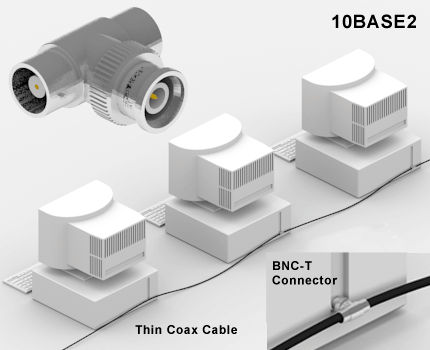11
1
The electrical engineer in me says "use any port" it doesn't matter. Gut instinct wants me to put the router's cable right in the middle. Ultimately, the router went to Port 1 at one end of the switch as that made the ordering of the cables easier to think about. My LAN diagram is here if desired.
Does anyone with experience across different installations have observations about the effects of "how close" ports are to each other?
I did Google a bit but couldn't find explanation about how the backplane or switching fabric specifically addresses the ports' physical locations.
Edited to clarify:
- Just ports: No uplink or PoE.
- And I'm specifically not talking about aggregate bandwidth; marketing has that covered.
- All the ports are wired Gigbit.
- Yes, if it's a managed switch, you have it configured so all the ports see each other.
I avoided mentioning these initially to try and not bring up the special cases.

If the ports aren't labeled (managed switch, QoS, etc.) then the order doesn't matter. It's common to use port 1 to connect to the router providing Internet access, and the other ports for devices. – dr01 – 2018-01-31T09:21:44.570
1I have seen 8-port switches, both cheap and expensive, that have two internal 4-port modules with a backplane link between them. My bet is that for at least some of them, the backplane is not fast enough for full, non-blocking packet exchange between all ports. – David Schwartz – 2014-01-22T22:57:01.410